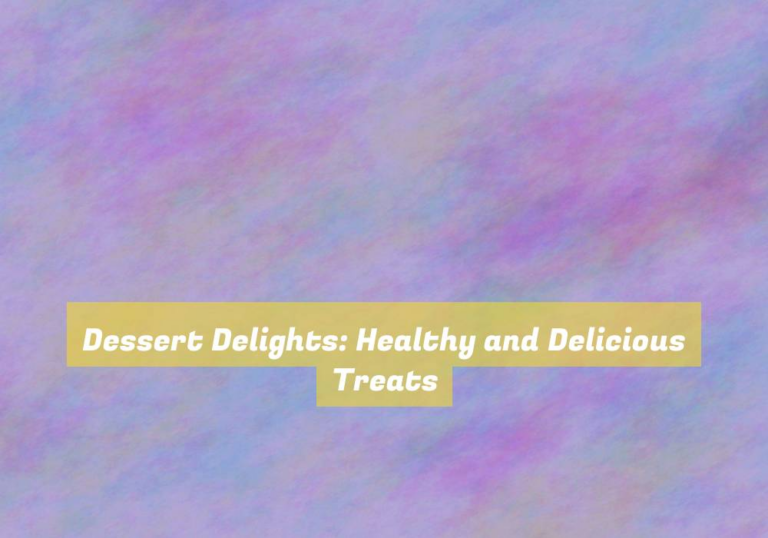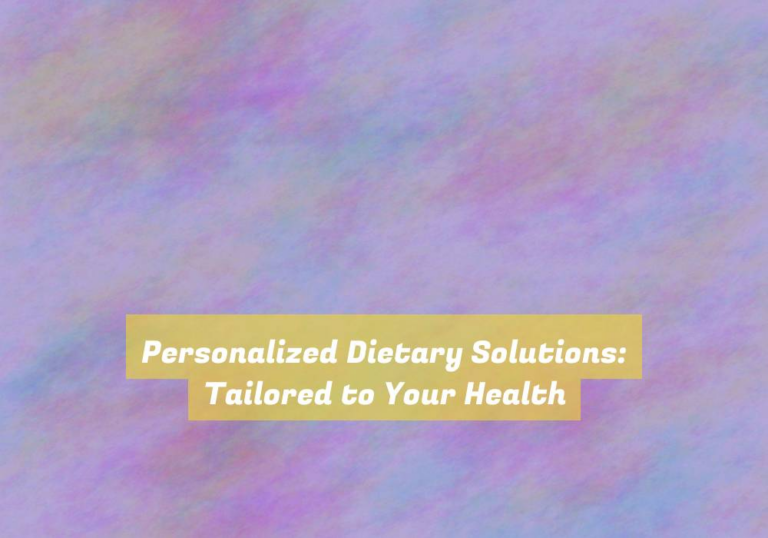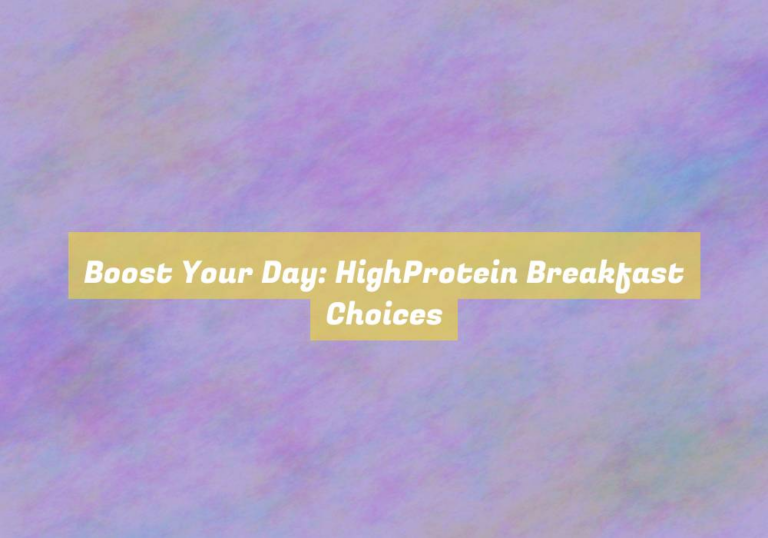Worldwide Wellness: Ensuring Food Safety and Hygiene
You may think that ensuring food safety and hygiene is a simple task, but in reality, it is a critical global concern that affects every single person on this planet.
From the way our food is grown and processed to the methods of storage and distribution, there are numerous factors that can impact the safety and hygiene of our food supply.
The stakes are high, and the consequences of overlooking these factors can be dire.
So, how can we navigate these complex challenges and ensure a safer and healthier food supply for everyone?
Importance of Global Collaboration
Global collaboration in food safety and hygiene is essential to ensure the health and well-being of consumers worldwide.
When different countries and organizations work together, they can share valuable information and best practices to prevent foodborne illnesses and ensure the safety of the global food supply.
By collaborating, experts can develop and implement uniform standards for food safety, leading to greater consistency and effectiveness in protecting consumers.
Additionally, global collaboration allows for the swift sharing of information during food safety emergencies, enabling quicker responses and containment of potential outbreaks.
This collaboration also fosters innovation in food safety technologies and practices, as diverse perspectives and expertise come together to tackle common challenges.
Moreover, by working together, resources can be pooled to address food safety issues on a larger scale, benefiting all involved parties.
Ultimately, global collaboration in food safety and hygiene not only safeguards consumer health but also promotes trust in the food supply chain, benefiting economies and public health worldwide.
Challenges in Cross-Cultural Standards
Navigating cross-cultural standards in food safety and hygiene can present significant challenges, requiring a deep understanding of diverse practices and perspectives. One of the key challenges is the varying cultural norms and traditions related to food handling and preparation. What may be considered safe and acceptable in one culture could be seen as unhygienic or even dangerous in another. This can create difficulties in establishing universal standards that are sensitive to cultural differences while also ensuring public health and safety.
Language barriers also pose a significant challenge in cross-cultural food safety and hygiene standards. Misinterpretation of terminology or miscommunication about best practices can lead to misunderstandings and potential risks to consumer health. Additionally, differing regulatory frameworks and enforcement capabilities across countries can make it challenging to ensure consistent adherence to food safety and hygiene standards on a global scale.
Moreover, understanding the socio-economic factors that influence food practices in different cultures is crucial. For instance, access to clean water, refrigeration, and sanitation facilities can vary widely between regions, impacting the ability to maintain food safety standards. These challenges highlight the need for collaborative efforts and a nuanced approach to developing cross-cultural standards that prioritize both safety and cultural sensitivity.
Solutions for Safer Food Supply
To ensure a safer food supply, itG??s imperative to implement robust monitoring and inspection processes throughout the entire food production and distribution chain. Regular inspections of facilities, equipment, and processes are essential to identify and mitigate potential hazards. This includes ensuring that proper hygiene and sanitation practices are adhered to at every stage, from farming and processing to transportation and storage. Implementing strict quality control measures, such as regular testing for contaminants and pathogens, is crucial in safeguarding the food supply.
Furthermore, itG??s essential to establish clear and standardized protocols for handling, storing, and transporting food products. This helps to minimize the risk of contamination or spoilage during transit. Employing advanced technology, such as blockchain or RFID tracking, can also provide greater transparency and traceability throughout the supply chain, enabling swift identification and resolution of any issues that may arise.
Educating and training food handlers and workers on best practices for food safety and hygiene is equally important. This includes promoting proper handwashing techniques, safe food handling procedures, and the importance of maintaining a clean and sanitary environment. By prioritizing these measures, the global community can work towards ensuring a safer and more secure food supply for all.
Future of Food Safety and Hygiene
Ensuring the future of food safety and hygiene requires an ongoing commitment to innovation and adaptation in response to emerging challenges and advancements in the food industry. As consumer preferences and global food systems change, the future of food safety will rely heavily on technological advancements.
From blockchain for traceability to advanced sensors for real-time monitoring, technology will play a crucial role in ensuring the safety and hygiene of the food supply chain. Additionally, the integration of artificial intelligence and machine learning can revolutionize food safety by predicting and preventing potential hazards.
Furthermore, the future of food safety and hygiene will involve a greater emphasis on sustainability and environmental responsibility. This will encompass not only the safety of the food itself but also the impact of food production and distribution on the environment.
As such, the development of eco-friendly packaging, waste reduction strategies, and sustainable agricultural practices will be integral to ensuring a safe and hygienic food supply for generations to come.
Conclusion
In conclusion, itG??s essential to prioritize global collaboration and cross-cultural standards to ensure worldwide wellness through food safety and hygiene.
By addressing the challenges and implementing solutions, we can create a safer food supply for everyone.
The future of food safety and hygiene relies on our collective efforts to maintain high standards and continuously improve practices.
Together, we can make a significant impact on the well-being of people around the world.







